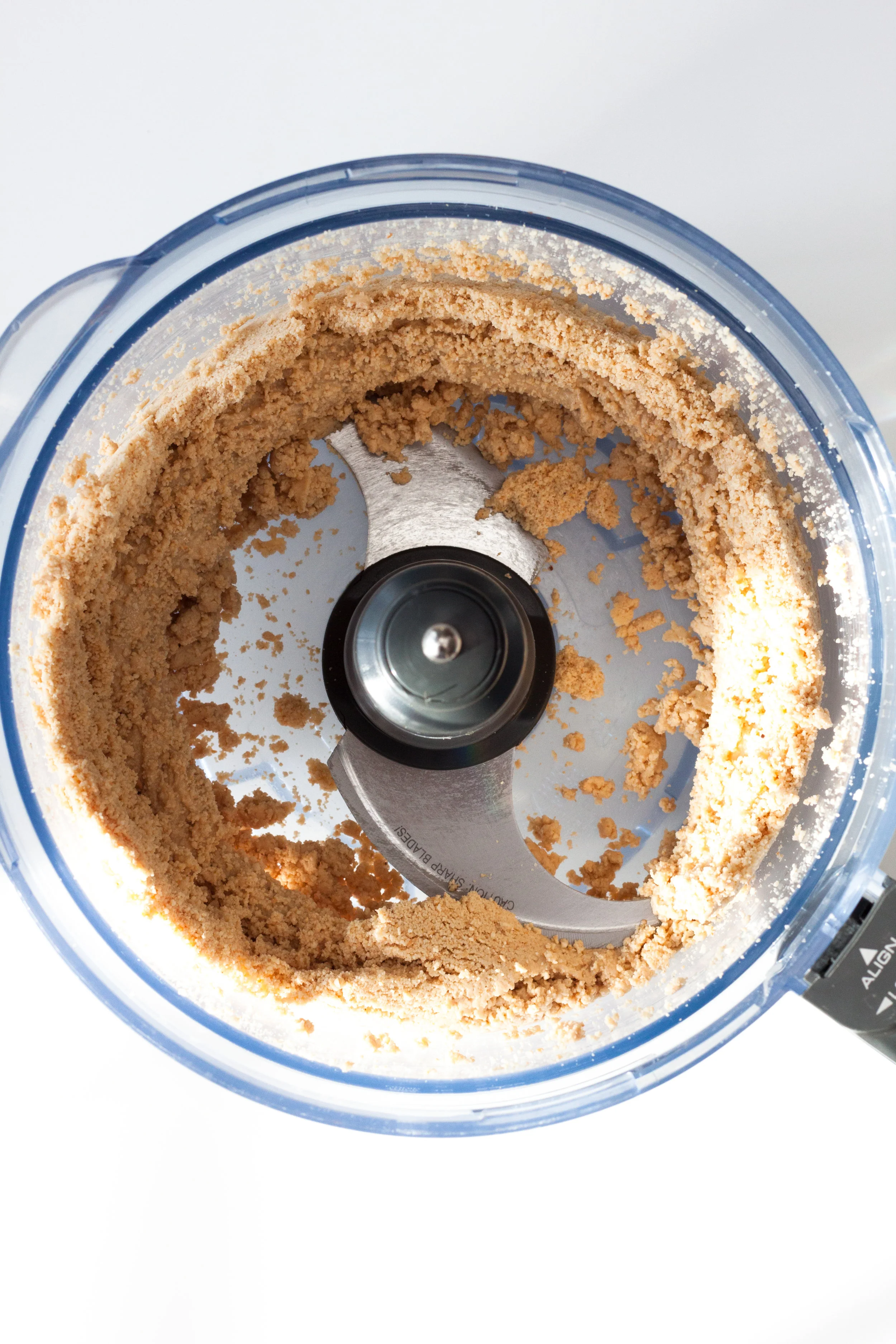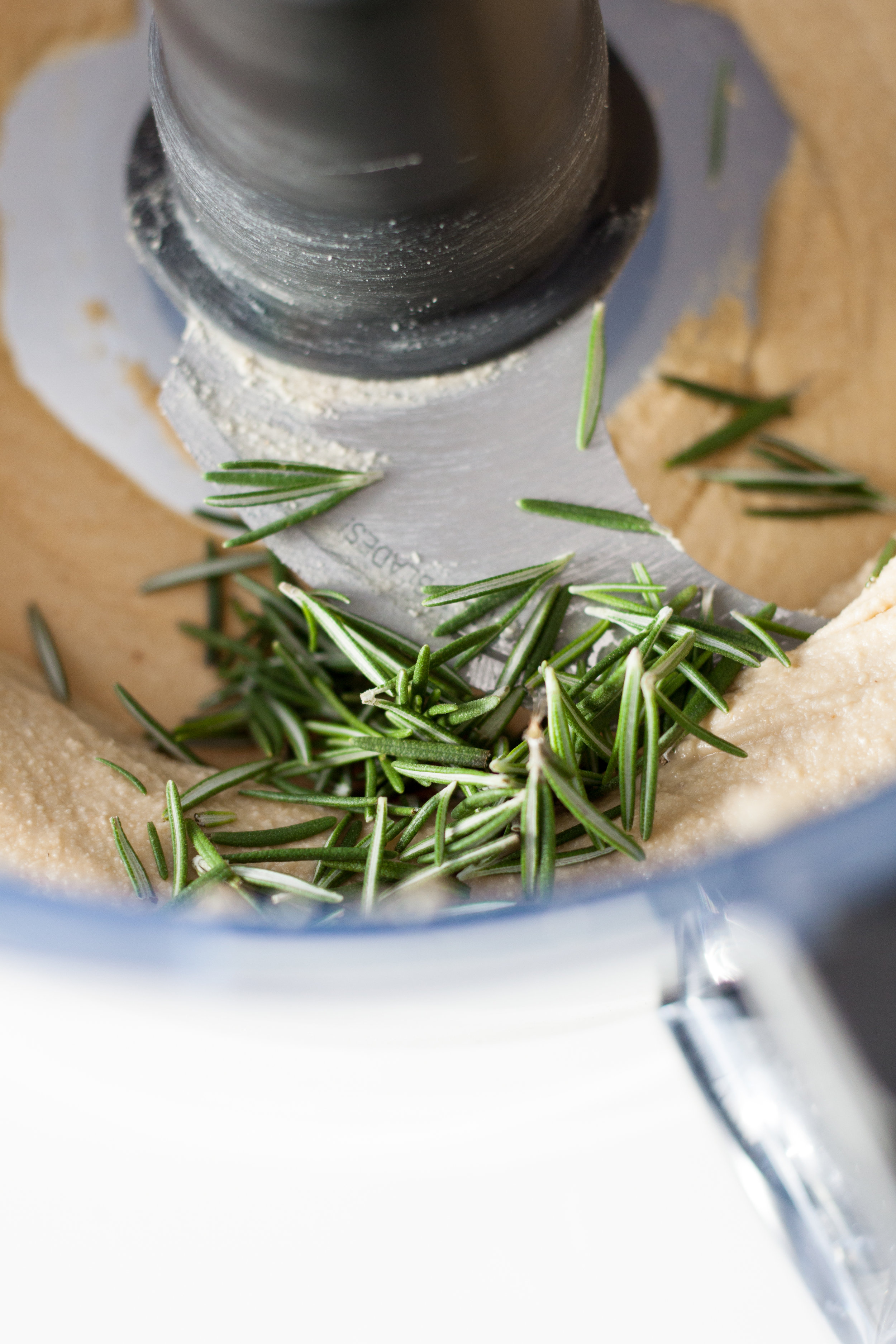Goodness, what a week. What weeks. What a lot we have to process. Fires raging throughout California. Evacuations. Homes, community centers, businesses burnt to the ground. Lives taken. Thousands of acres of natural landscape scorched. And the fucking relentless, hate-fueled shootings. The mass shooting at a dance hall in Thousand Oaks, CA. The mass shooting at a synagogue in Pittsburgh. The mass shooting at a yoga studio in Tallahassee. The mass shooting at a supermarket in Jeffersontown, KY. And the continuing chaos in our country’s capitol (in spite of some groundbreaking, historical wins in the House and gaining back the Democratic majority, neither of which should we lose sight of).
So much loss to process. To hold each other in. To hold while figuring out how to continue to find hope of creating a different world.
On top of grappling with the seeming homeostasis of tragedy and tumult that typifies our current reality, we have…the holidays. Not at all to be compared in likeness to the aforementioned traumas; solely acknowledged in this context as a time, in spite of its best intentions, of additional stress. A time rife with social expectations and obligations; extra financial spending; potentially activated triggers around food; potentially activated triggers around family or lack thereof; and on and on.
It’s a lot.
It’s a lot in and of itself. And. It’s especially overwhelming during this time of year when our natural inclination is not actually to be hyper-social, but to turn inwards. With the shorter days, the extension of darkness, winter’s slower, more contemplative energy emerging as we draw nearer to her dawn, the fibers of our being that are energetically tied to the earth are asking us to slow down, too. To rest. To get ready for our winter hibernation, as metaphoric as that may be. I wrote about this energetic shift and what it asks of us around this time last year. The trouble is, what the earth is asking of us now and what society is asking of us now are in rather direct conflict with one another.
Which is why it is paramount—especially at this time—that you give yourself permission to take care of yourself.
//
We all process things differently. Some of us recharge and recalibrate by being around and in conversation with other people. Some of us need solitude and quiet spaces to regroup. The array of ways that ‘taking care of myself’ can look are vast and are all entirely valid.
Let yourself have what you need to take care of yourself.
If you don’t already know what the spaces or activities are that help you process, reset and recharge, I invite you to sit in stillness for a handful of minutes, focus your attention on your breath, and see what arises. What ideas, what longings, what images in your mind’s eye. Stillness is essential, for it is in stillness that the intuitive wisdom of our bodies has space to emerge and where our attention has the opportunity to listen.
Maybe taking care of yourself looks like spending half an hour out in nature, by yourself or with someone dear to you. Maybe it looks like a hot bath with Epsom salts and essential oils. Maybe it looks like going to a dance class or a restorative yoga class—engaging in some form of cathartic movement. Maybe it looks like meditating. Maybe it looks like journaling. Whatever you need to slow down and reconnect with yourself is of utmost importance in these trying and demanding times.
And while we’re getting comfortable with the practice of giving ourselves what we need to take care of ourselves, here’s another gentle reminder: You have the right to say no. To invitations. To cooking requests. To eating any food item. To demands of your attention, your presence, your time. Acting in alignment with your bandwidth, your desires and your needs is a huge part of showing up as your authentic self. We so often agree to things out of a desire to please others (or, in the inverse, out of a fear of displeasing others or “falling short”); yet this only breeds resentment and exhaustion within ourselves. Boundaries are an essential aspect of self-care. You can say “no,” still be kind about how you articulate it, and maintain your positive relationships all the while.
As we practice this prioritization of self-care, we will be better equipped to empower others to take care of themselves, too. Better equipped to honor each other’s individual needs—even within these next couple months of heightened obligations and expectations—and especially within these trying times.
Take good care, dear ones. <3.











































